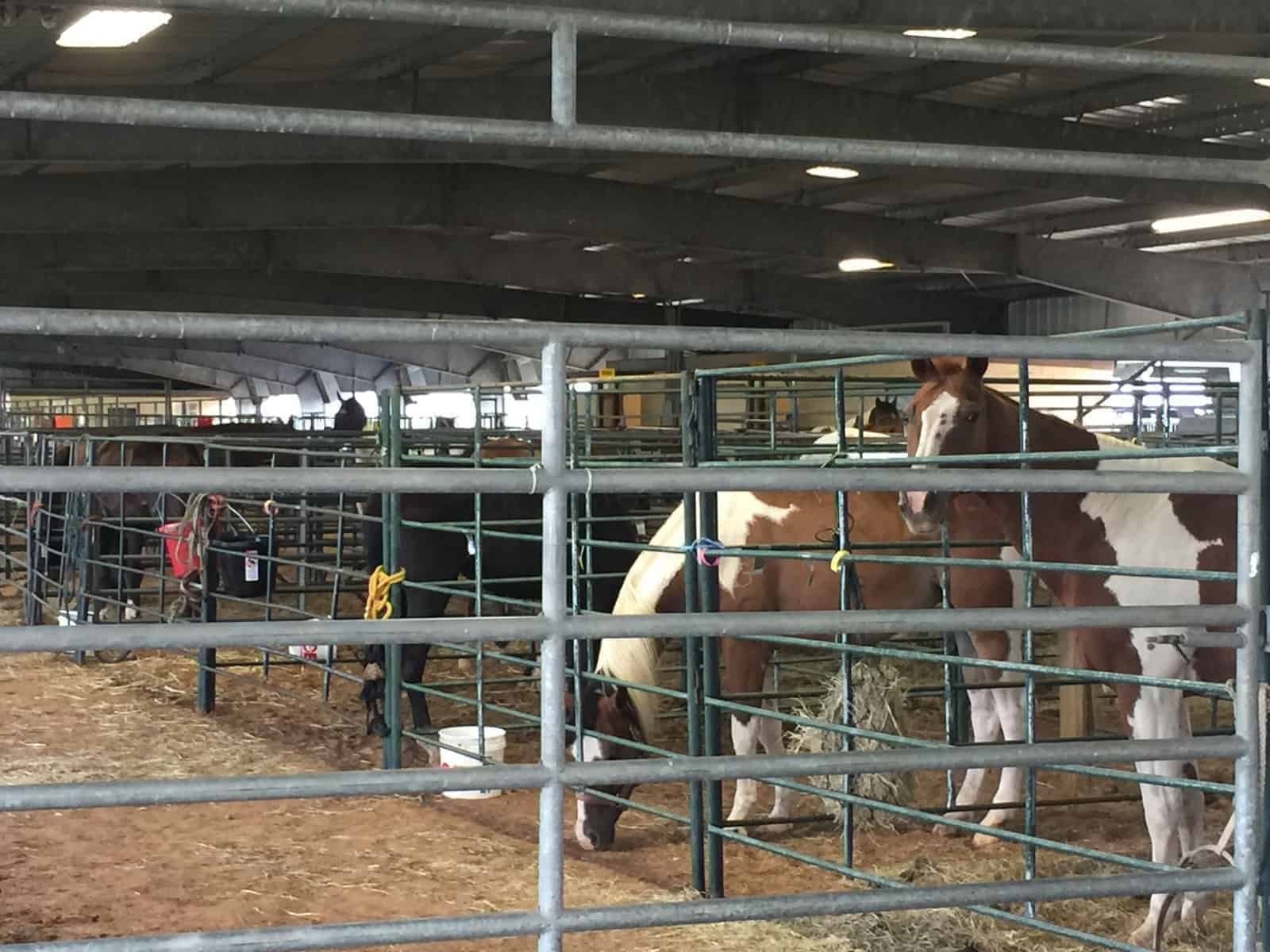Hurricane Harvey: Impact and Response Related to Texas Equids

Hurricane Harvey was a storm for the record books, striking the Texas coast in late August 2017. The storm battered communities with Category 4 winds and lingered for four days. Rain bands stretched 100 miles inland and 300 miles up the coast. Heavy rainfall saturated the Houston metropolitan area, with one particular location receiving in excess of 60 inches and setting a new record for rainfall totals in a single U.S. storm. While the wind did its share of damage, it was the massive amount of rain and subsequent flooding over the following two weeks that had the most devastating impact on people, animals, property, and crops.
Floodwaters reached hundreds of thousands of homes, displacing 30,000 people and prompting more than 17,000 rescues. Early state and federal disaster declarations in the anticipated impact zone were a godsend, making resources available for evacuation and response activities even as the storm approached. Ultimately, 41 counties were included in disaster declarations due to storm damage.
These 41 counties are home to 1.6 million cattle and 88,000 horses, donkeys, and mules. While there have been major floods in portions of this area in recent years, nothing could prepare livestock owners and emergency responders for a 1,000-year event such as this. Livestock owners moved their animals to what should have been safe havens, only to have them threatened again as floodwaters continued to rise over the following days
Create a free account with TheHorse.com to view this content.
TheHorse.com is home to thousands of free articles about horse health care. In order to access some of our exclusive free content, you must be signed into TheHorse.com.
Start your free account today!
Already have an account?
and continue reading.
Written by:
Equine Disease Quarterly
Related Articles
Stay on top of the most recent Horse Health news with















